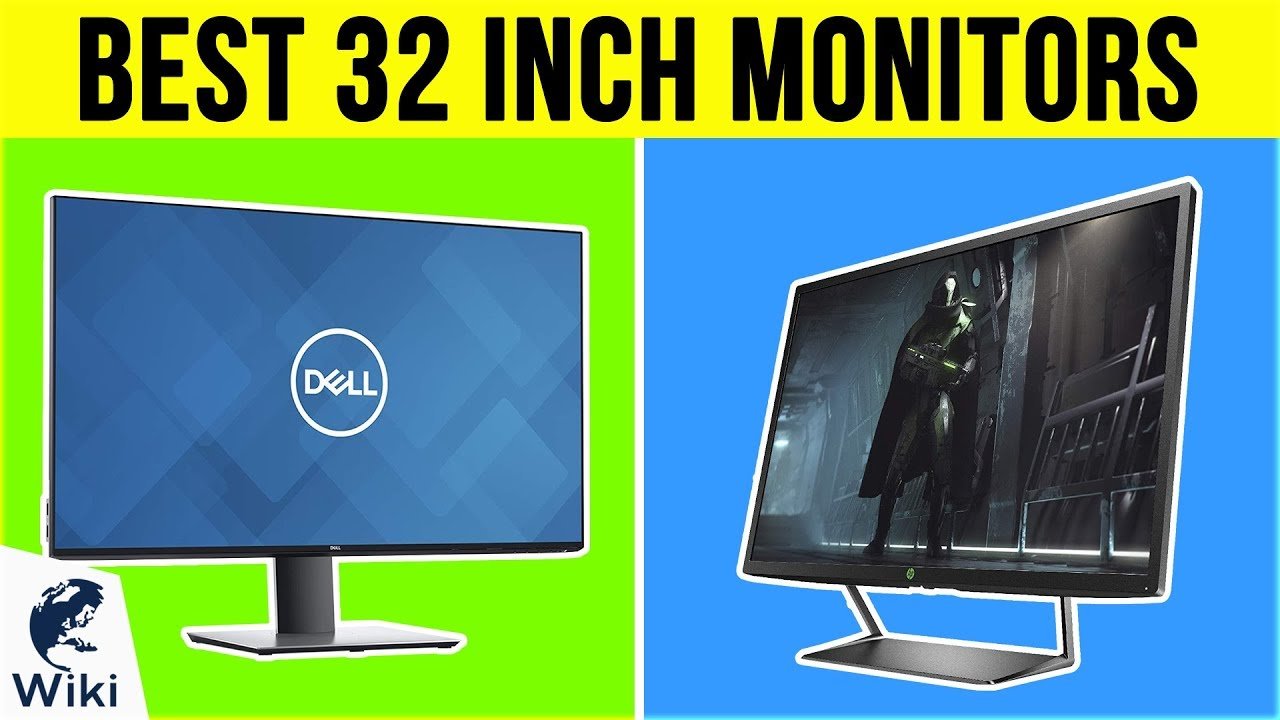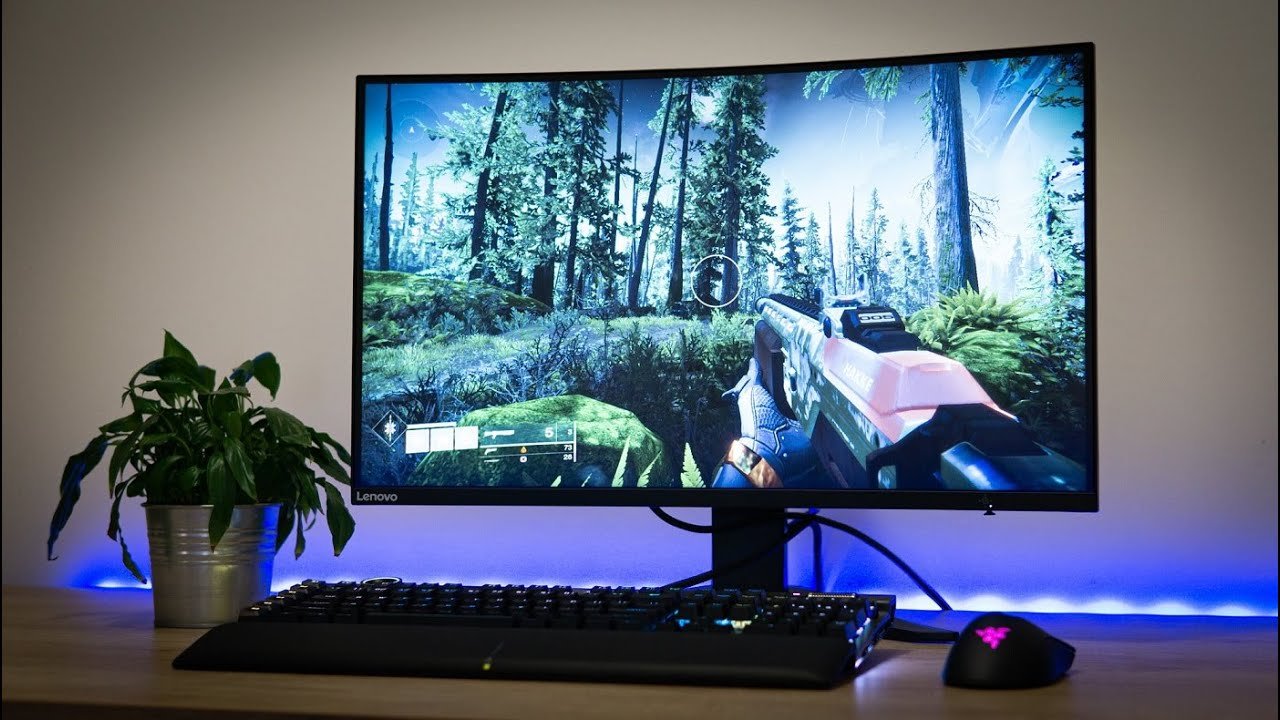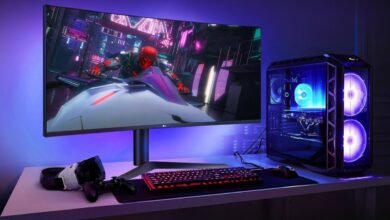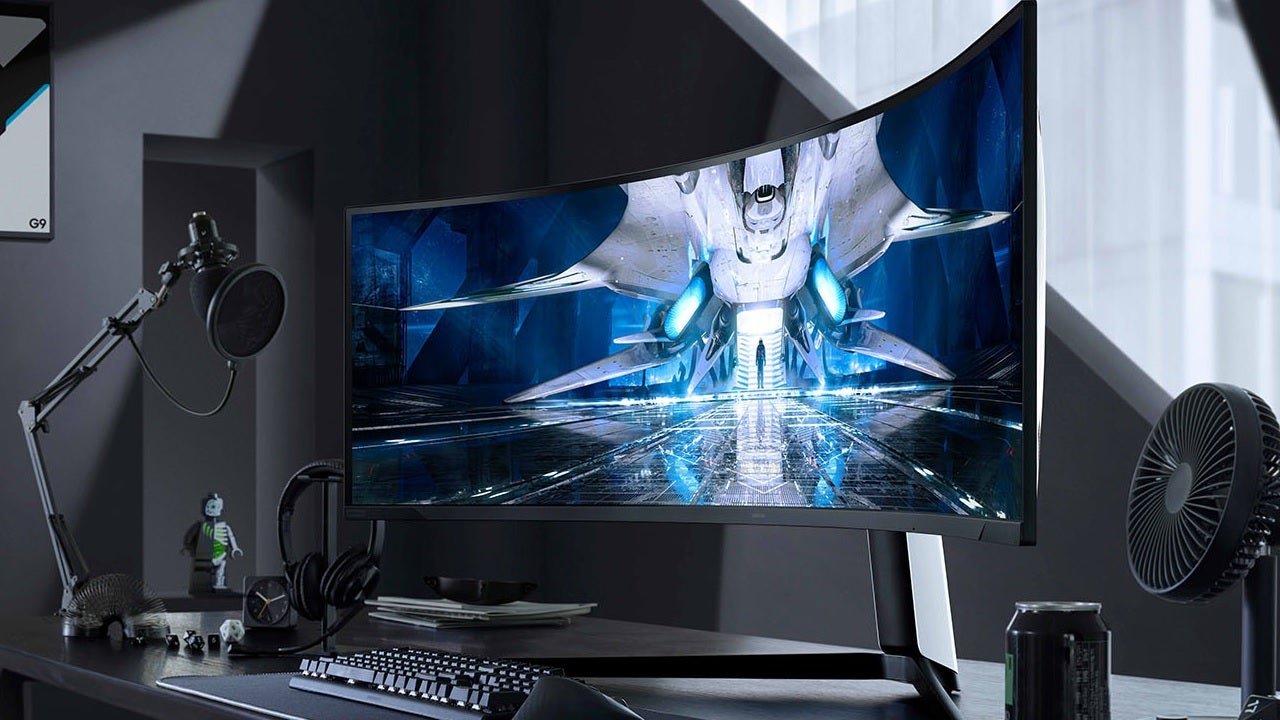The Rise of Vertical Monitors: A New Era in Computing
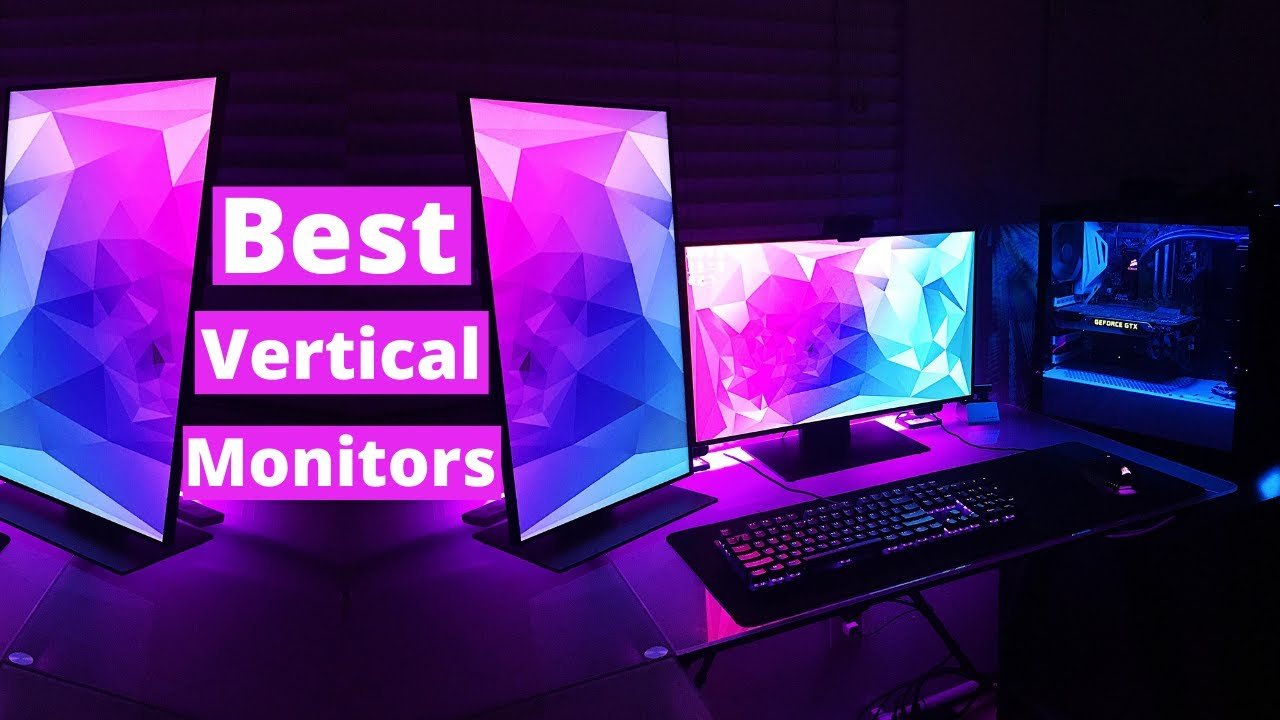
Introduction to Vertical Monitors
Within the contemporary digital realm, monitor usage has undergone a notable transformation. While horizontal screens were once conventional, vertical monitors have recently garnered substantial attention and adoption among professionals seeking heightened efficiency and ergonomic benefits in their workspace.
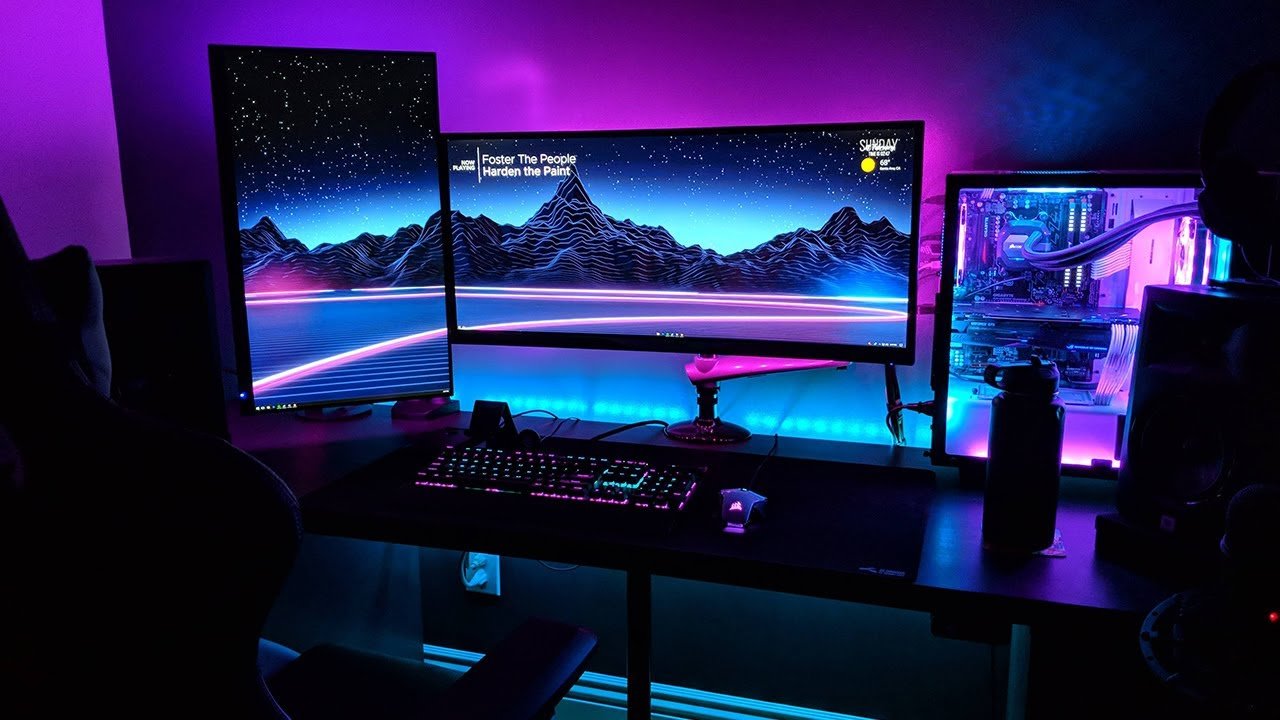
-
Definition and Purpose
Vertical or portrait monitors are displays oriented in a vertical alignment rather than the conventional horizontal setup. The primary purpose of these monitors is to offer users a different perspective, optimizing screen space and improving efficiency.
-
Evolution of Monitor Orientation
The shift from traditional horizontal monitors to vertical orientation stems from the need for increased productivity and improved workflow, leading to the development of specialized monitors catering to diverse professional requirements.
Advantages of Vertical Monitors
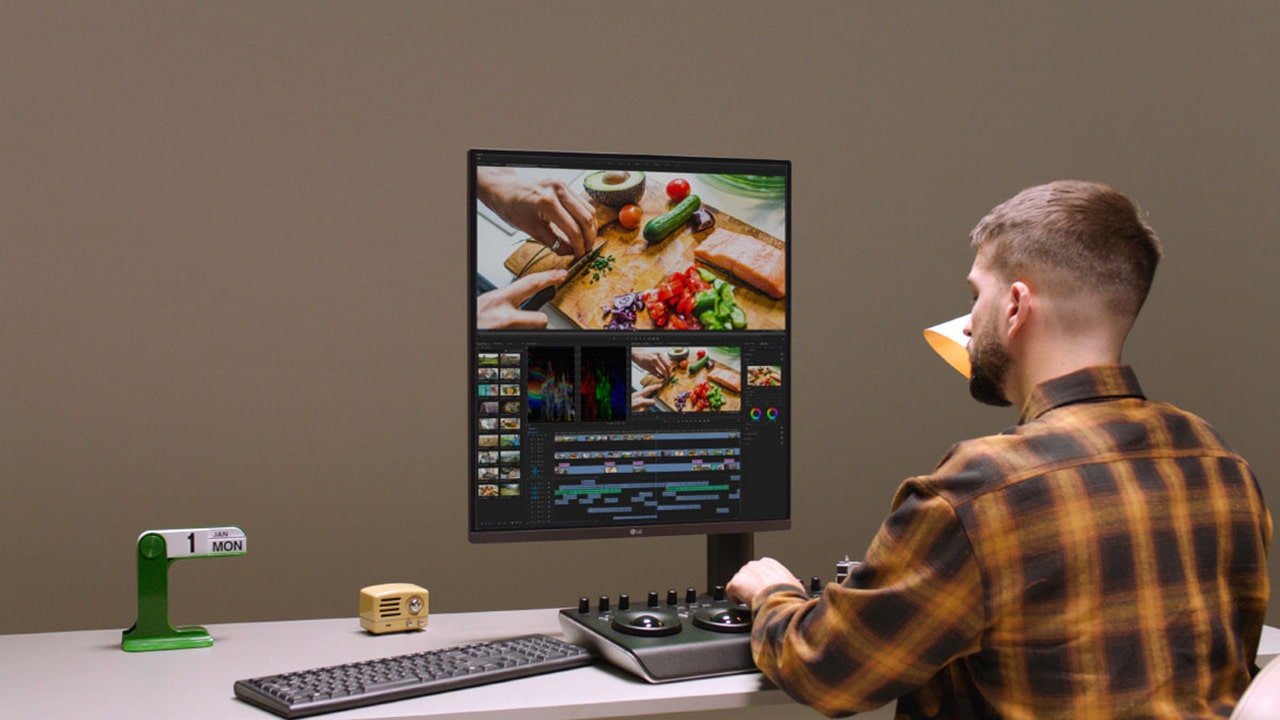
-
Increased Productivity
Vertical monitors offer an expanded vertical workspace, enhancing multitasking capabilities significantly. Their orientation allows users to access and view more content simultaneously, fostering efficient multitasking scenarios such as simultaneous editing, referencing, or coding tasks.
The expanded screen space offers a fluid workflow, empowering users to handle numerous tasks concurrently while maintaining visibility and efficiency. Vertical orientation’s advantage rests in its capacity to present more content simultaneously, streamlining workflows and enhancing the ease of multitasking across a spectrum of professional and personal endeavors.
B. Better for Coding and Writing
Vertical monitors cater to professions requiring extensive coding or writing tasks, offering a more ergonomic and intuitive reading and editing experience. Their elongated orientation minimizes the need for excessive scrolling, enhancing code or document visibility. This setup provides a natural and comfortable viewing angle, reducing neck strain and improving readability while working on lengthy code segments or documents. The vertical alignment optimizes the screen space for a more efficient workflow, allowing users to focus on the content without constant scrolling, fostering a more productive and comfortable coding or writing environment.
-
Comfort and Ergonomics
From an ergonomic standpoint, vertical monitors aid in cultivating a healthier posture by lessening neck and eye strain. With their adaptable design, users can align the screen at eye level, reducing the necessity for continual head movement and enhancing comfort during extended sessions. This ergonomic setup encourages a more innate and comfortable posture, lessening the stress on the neck and eyes typically experienced during prolonged computer usage. By facilitating improved screen positioning, vertical monitors enhance comfort, easing physical discomfort linked to long screen exposure and fostering a workspace that promotes better health and sustainability.
Considerations Before Choosing a Vertical Monitor
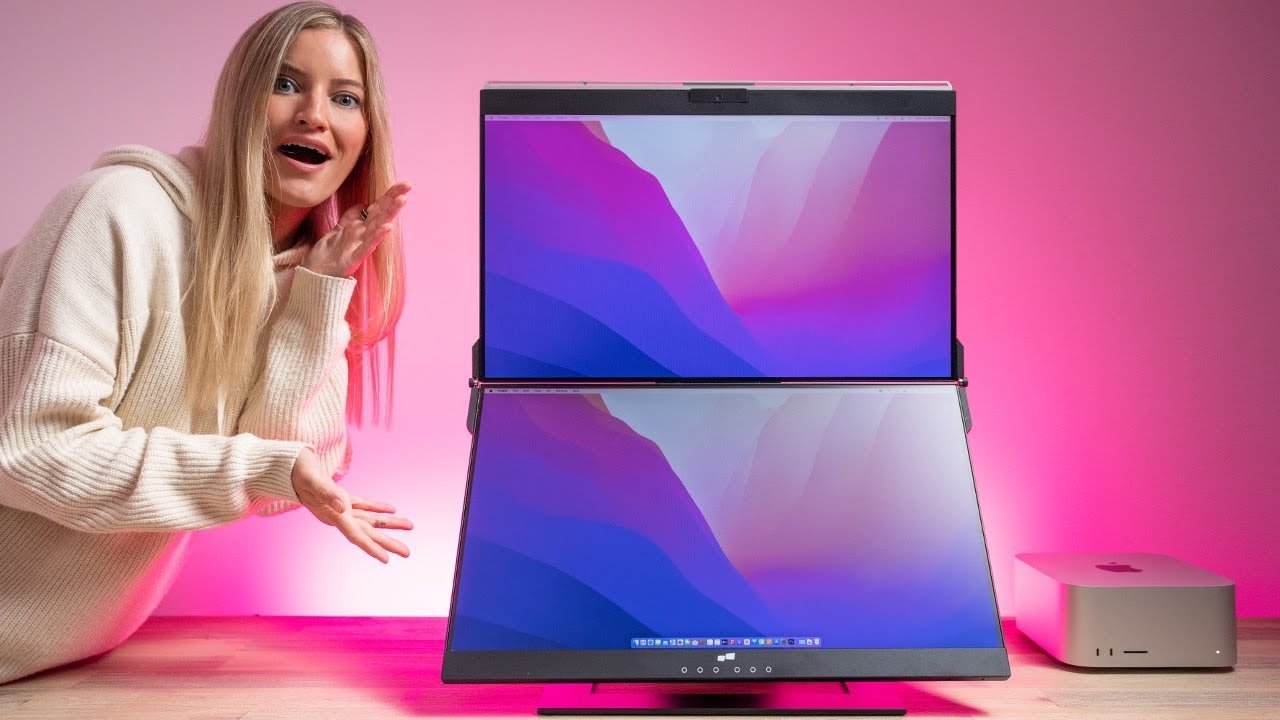
-
Compatibility and Adjustability
Before selecting a vertical monitor, verify compatibility with your computer system and graphics card for seamless integration. Confirm the monitor’s compatibility with your system’s connections and configurations to avoid compatibility issues. Additionally, assess the monitor’s adjustability features to accommodate your preferred viewing angle. Checking for options allowing height, tilt, or pivot adjustments ensures the monitor can be positioned according to your ergonomic preferences, enhancing comfort during prolonged usage. These considerations regarding compatibility and adjustability are crucial to guarantee a well-suited and ergonomic vertical monitor setup aligned with your specific needs and hardware configurations.
-
Screen Resolution
The monitor’s screen resolution significantly influences the display’s quality and clarity. Opting for higher solutions results in more explicit images and text, elevating the overall viewing experience. Enhanced solutions lead to sharper visuals, emphasizing finer details and text clarity, thus enriching the overall display quality. The display screen decision is pivotal because it directly affects the sharpness and level of detail showcased on the display screen. Choosing a higher-decision display ensures crisper, extra-described visuals, ultimately contributing to an improved and more pleasant viewing enjoyment for various responsibilities and content material consumption.
-
Budget Considerations
Evaluate your budget constraints and prioritize features that align with your professional needs without compromising quality.
Best Practices for Using Vertical Monitors
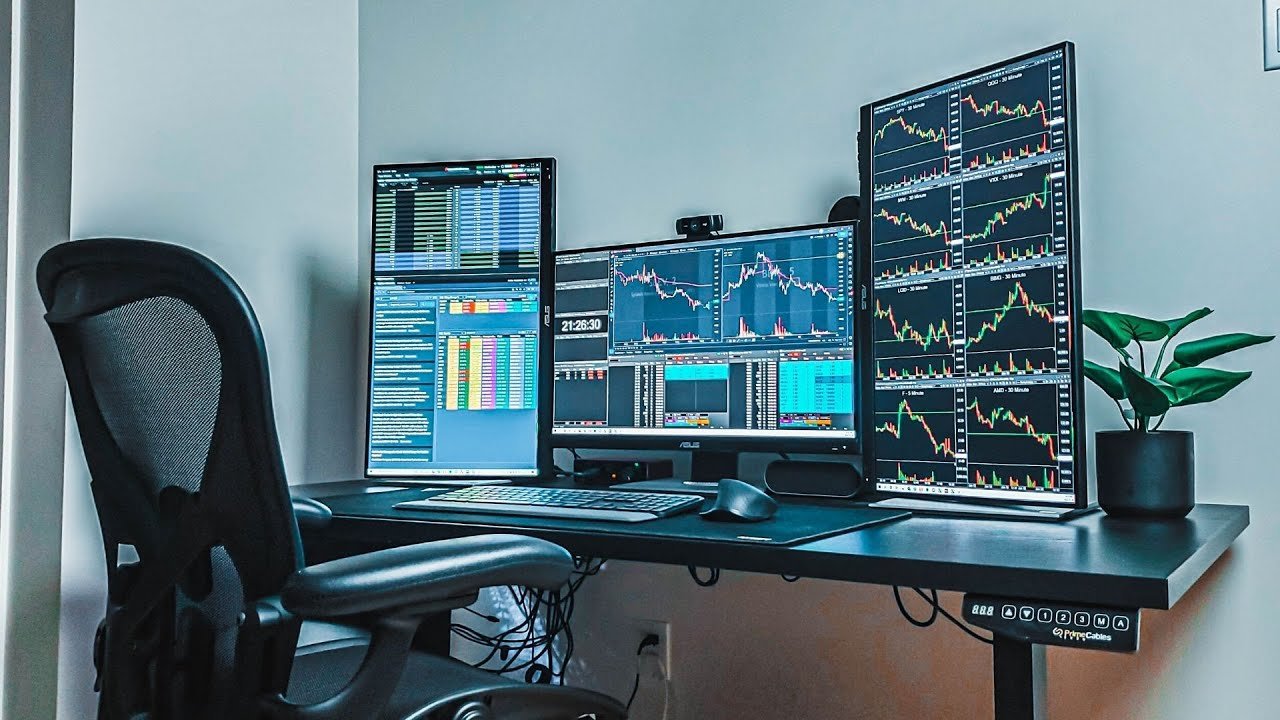
-
Adjusting Screen Orientation
Adjusting the screen orientation through display settings is crucial when acquiring a vertical monitor. Configure the monitor to portrait mode to utilize its full potential.
-
Organizing Workspace for Efficiency
Reorganize your workspace to accommodate the vertical monitor effectively. Position it in a manner that complements your workflow and maximizes efficiency.
Vertical Monitors in Various Professions
-
Design and Graphic Arts
Vertical monitors offer a broader canvas for creating and editing content in design and graphic arts. Designers can have a holistic view of their projects, enhancing creativity and precision.
-
Programming and Coding
For programmers and coders, vertical monitors streamline code readability and navigation. The extended vertical space aids in displaying longer lines of code without excessive scrolling, improving coding efficiency.
-
Writing and Editing
Writers and editors benefit from vertical monitors as they provide a comprehensive view of content, making editing and proofreading more convenient and efficient.
Comparison: Vertical vs. Horizontal Monitors
Pros and Cons of Each Orientation
Vertical monitors excel in displaying content requiring more vertical space, while horizontal monitors are preferable for multimedia content and tasks requiring wider viewing angles.
Use Cases and Differences
Understanding the use cases and differences between vertical and horizontal monitors helps users choose the optimal orientation based on their specific needs and tasks.
Choosing the Right Vertical Monitor for You
-
Brand Comparison
Research and compare reputable brands offering vertical monitors. Consider factors like reliability, customer support, and additional features before purchasing.
-
Features to Look For
Prioritize adjustable stands, high resolution, connectivity options, and ergonomic design to ensure a seamless and productive user experience.
Setting Up a Vertical Monitor
-
Installation Process
Follow the factory’s education for putting up the vertical monitor, including connecting cables, installing drivers, and adjusting settings for optimal performance.
-
Configuration Tips
Customize your viewing experience by tweaking the display settings and refining brightness, contrast, and color calibration to perfectly align with your unique preferences and requirements.
Maintenance and Care Tips for Vertical Monitors
-
Cleaning Guidelines
Keep your monitor tidy using a soft microfiber material to gently brush away dust and grime regularly. Remember to avoid harsh chemicals as they can harm the screen surface.
-
Preventative Measures
Protect the monitor from physical damage using screen protectors and ensure a stable and safe environment to prevent accidental falls.
Future Trends in Monitor Orientation
-
Technological Advancements
Anticipate future advancements in monitor technology, such as flexible displays or improved screen ratios, influencing the evolution of monitor orientation.
-
Predictions and Speculations
Industry experts predict a continual shift towards customizable, adaptable monitors that cater to individual preferences and work requirements.
Conclusion
In conclusion, vertical monitors have emerged as a valuable tool in enhancing productivity, comfort, and efficiency across various professional domains. With their ergonomic benefits and optimization of screen space, they offer a compelling alternative to traditional horizontal monitors.

